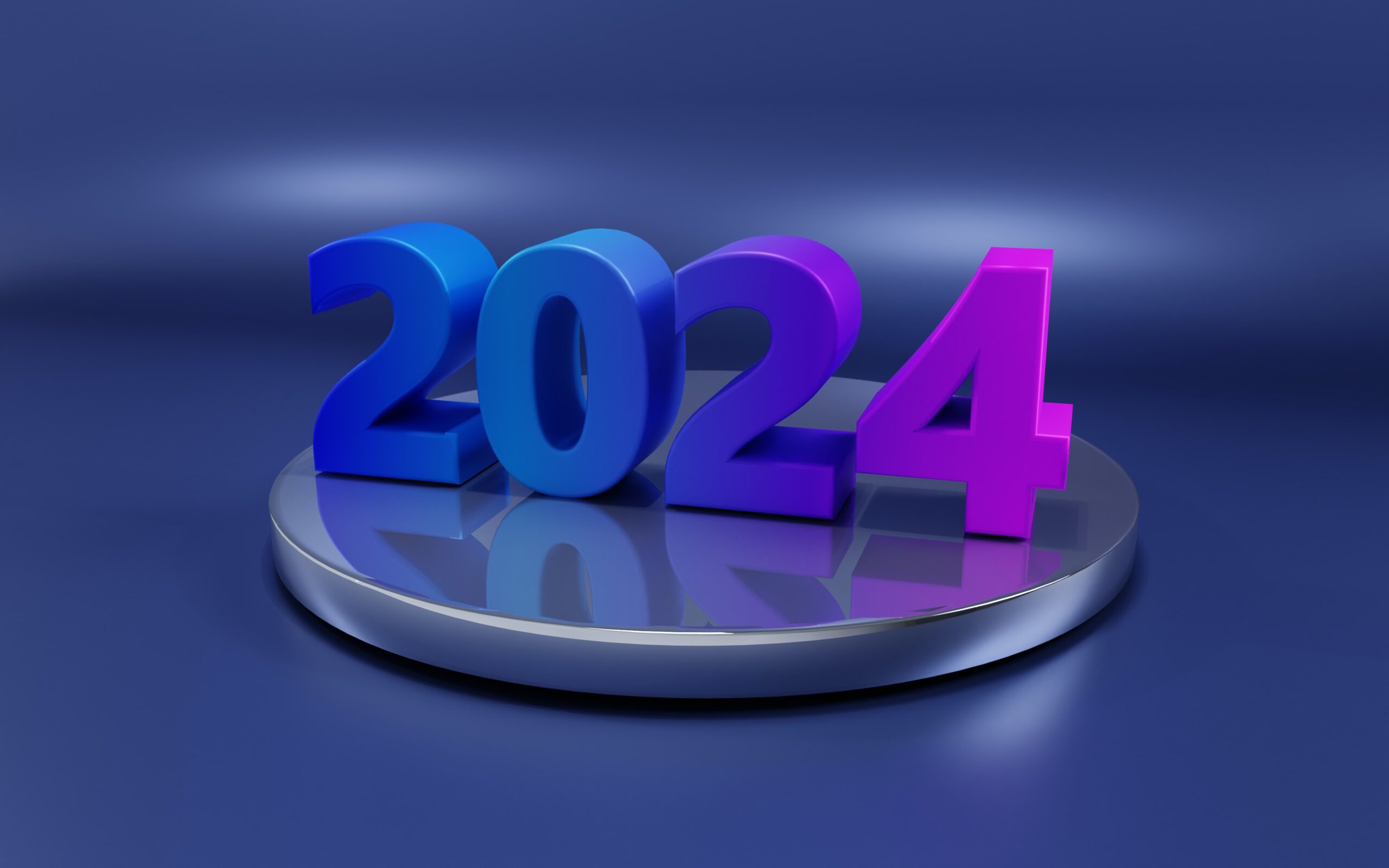As always, this year brought some truly spectacular “PR failures” by high-profile organizations and brands. Yet, nothing happens in a vacuum. Most of the so-called PR disasters that unfolded in 2023 went well beyond public relations strategy or execution. Some were management failures, while others were about corporate values or behavior. Still, there’s something to be learned from each one.
Consider your stakeholders: OpenAI
Arguably the greatest PR fiasco of the year was the public ouster – and swift reinstatement – of Open AI CEO Sam Altman. The failure here was really one of governance, of course. It was caused in part by OpenAI’s unusual hybrid Board structure, which seeks to blend a nonprofit and a for-profit organization to balance commercial goals with adherence to its social mission.
But the nonprofit Board did a terrible job of explaining its hasty decision to remove Altman. It issued a cryptic statement alluding to his failure to be “consistently candid” in communications, followed by silence, which gave rise to all kinds of nasty rumors. OpenAI president Greg Brockman resigned in protest, and two days later, both had accepted jobs with key investor Microsoft. By Monday, most of OpenAI’s rank-and-file employees were threatening to follow them. After the outcry from the company’s most important stakeholders — both investors and its workforce — the Board members were replaced and Altman’s position restored. It was a comedy of poor communication on top of a structure that no longer worked for a company with its growth goals.
Don’t be wishy-washy: Bud Light and Target
Like many brand-watchers, I thought the backlash against Bud Light over its partnership with trans influencer Dylan Mulvaney would fade away. After all, product boycotts rarely succeed, for fascinating reasons. Yet, the Bud Light protests did hurt sales, and the Anheuser Busch stock price lost some froth, too. A seemingly minor marketing promotion precipitated the boycott, but AB’s response to the situation didn’t help. Nearly two full weeks after protests by right-of-center celebrities and activists raged on social media, it finally issued a tepid response that said…well, not much. The statement didn’t exactly apologize for its inclusive position, but the tone was appeasing, and the brand did nothing to defend the partnership with Mulvaney. The weak message infuriated LGBTQ allies and only encouraged the boycotters, who seemed to smell blood. It was a lose-lose.
Target found itself in a somewhat similar situation when anti-LGBTQ customers criticized its Pride Month displays, in some cases trashing store merchandise and harassing employees. The retailer responded by pulling much of its LGBTQ merchandise, claiming it only wanted to protect its staff. But the reaction in the gay and trans community was swift and angry, and sales suffered.
Even the smartest PR won’t prevent a backlash or a boycott. But a flip-flop on a socially sensitive or contentious issue is nearly always destined to fail. It’s important to know and understand the audiences with whom you want to engage. If there’s nothing to apologize for, don’t apologize, and don’t issue mealy-mouthed statements. The smart play is to stand by a principled position with grace and weather the PR storm.
Walk the walk before you talk: International Women’s Day
It was more an embarrassment than a crisis, but in March of 2022, hundreds of companies marked International Women’s Day with promotions or social posts of support. That was great – until it wasn’t. Enter @PayGap, an ingenious Twitter bot that automatically calculated and responded with that particular company’s media gender pay gap. Oops.
In 2023, there were many businesses and educational organizations that seemed not to have learned from the year prior. But as always, how a company responded to the criticism was what separated the PR-savvy from those who fell short. According to @paygapbot app co-creator Francesca Lawson, one of the best responses was from a London college that tweeted, “Thanks Gender Pay Gap Bot, you’re right and we agree this isn’t good enough. We’re working to address this and to eliminate our ethnicity pay gap too. There’s more information about our work here: ow.ly/5Yxc50IcS7C We’ve still got a lot of work to do.”
Sometimes handling blowback is just that simple.
Tap professional PR expertise: Silicon Valley Bank
Unlike the Open AI fiasco, the trigger for Silicon Valley Bank’s well-documented collapse was actually a pure PR mistake, and a huge one at that. SVB put out a fatally flawed press release that was meant to strengthen its financial position but had the opposite effect. The bank announced a proposed stock offering to raise cash, but its customers, already spooked by the liquidation of Silvergate Bank a few days prior, rushed to pull out their money. When its CEO urged customers not to panic on a call, things deteriorated further.
The key mistakes here were of timing and language. No one in charge of SVB’s comms seemed to realize that the Silvergate situation called for extra caution. Even more surprising, the jargon-stuffed press release was nearly incomprehensible, and a key sentence that presumably could have reassured investors, “Additionally, earlier today, SVB completed the sale of substantially of its available for sale securities portfolio,“ somehow didn’t make it through the grammar screen. Ugh.
In a class by itself; Elon Musk and Twitter
I don’t know how to analyze Elon Musk’s many PR and communications mistakes over the course of the year. To be fair, maybe they aren’t mistakes at all, because Musk’s goals for his $44 billion investment are unclear, to say the least. If he’s trying to build a conventional, ad-supported social network, then telling major advertisers to “f-ck off ” and criticizing them individually is obviously a bad strategy. The same goes for posting antisemitic content and trafficking in sinister conspiracy theories. To fulfill at least one of his stated objectives, which is to make Twitter the “everything app”, Musk will need to build user confidence in new products, and his personal fan base doesn’t seem large enough to support that type of business.
If, on the other hand, his goal is to rid the world of “the woke mind virus” by alienating traditional journalists, fact-based users, and normal advertisers and cede the platform to the conspiracy-minded “anti-woke” hordes, then 2023 hasn’t been a complete failure. I’m not sure how the debt is serviced in this scenario, however.
But maybe Musk’s Twitter is the closest thing to “any PR is good PR,” at least in his eyes. It seems that people who seemingly have everything crave more of the scarcest and most fickle commodity there is — attention. By that metric, Musk’s acquisition of Twitter has been a success. There’s no doubt that 2024 will bring even more drama, so the eyes of the world will probably stay focused in his direction whether we like it or not.

